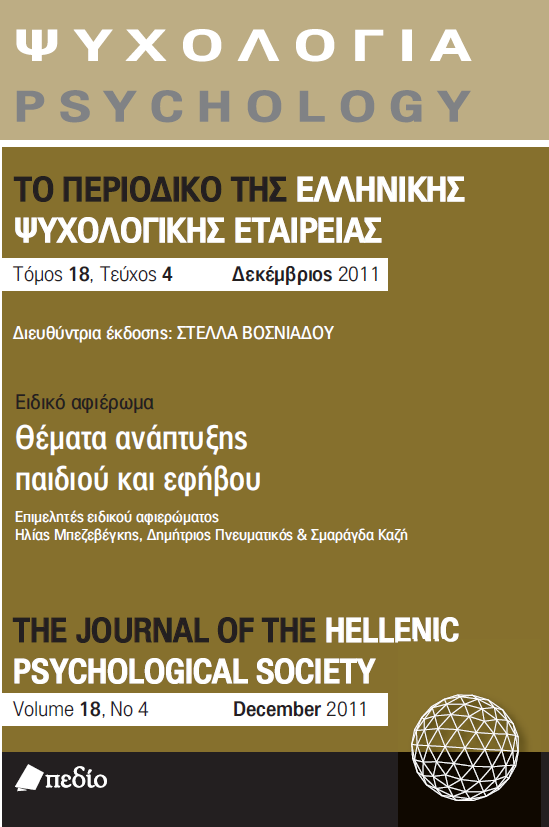Joint attention and language development in toddlers with Down syndrome

Abstract
Many studies demonstrate that in typically developing (TD) children joint attention constitutes a prerequisite for language development. However, data on the development of joint attention and its relation to language development in Down syndrome (DS) are contradictory. The present study aims to examine joint attention in toddlers with DS as well as its association with language comprehension and production. Participants were 10 toddlers with DS (mean chronological age: 58 months) and 10 TD toddlers matched for language comprehension (mean chronological age: 32 months). Language Comprehension and language production were assessed using the Müllen Scales of Early Learning, expressive vocabulary was assessed using the Language Development Survey, and the communicative behaviors were assessed through observation of interactions with the mother in a semi-structured condition with toys. According to the findings, toddlers with DS exhibit significantly more
joint attention behaviors compared to TD toddlers. Moreover, it was shown that in toddlers with DS language production was significantly negatively correlated with initiating request gestures. Conclusively, it seems that in toddlers with DS the transition from pre-linguistic to linguistic period follows a similar developmental path as in TD toddlers, although a severe delay is observed.
Article Details
- How to Cite
-
Φ. Παπαηλιού Χ., Ε. Πολεμικός Ν., Φρυσίρα Ε., Κοντάκος Α., Καΐλα Μ., Μιχαηλίδης Κ., Στρογγυλός Β., & Πολεμικού Ά. (2020). Joint attention and language development in toddlers with Down syndrome. Psychology: The Journal of the Hellenic Psychological Society, 18(4), 468–483. https://doi.org/10.12681/psy_hps.23734
- Issue
- Vol. 18 No. 4 (2011)
- Section
- SPECIAL SECTION

This work is licensed under a Creative Commons Attribution-ShareAlike 4.0 International License.
The journal PSYCHOLOGY adopts a Platinum open-access policy. Submission, processing or publication costs are waived by the Hellenic Psychological Society. Papers published in the journal PSYCHOLOGY are licensed under a 'Creative Commons Attribution-ShareAlike 4.0 International' licence. The authors reserve the copyright of their work and grant the journal the right of its first publication. Third-party licensees are allowed to use the published paper immediately after publication as they wish, provided they retain the defined by the license copyright formalities, regarding the reference to its author(s) and its initial publication in the journal PSYCHOLOGY. Moreover, any adjusted work should be shared under the same reuse rights, so with the same CC license.




